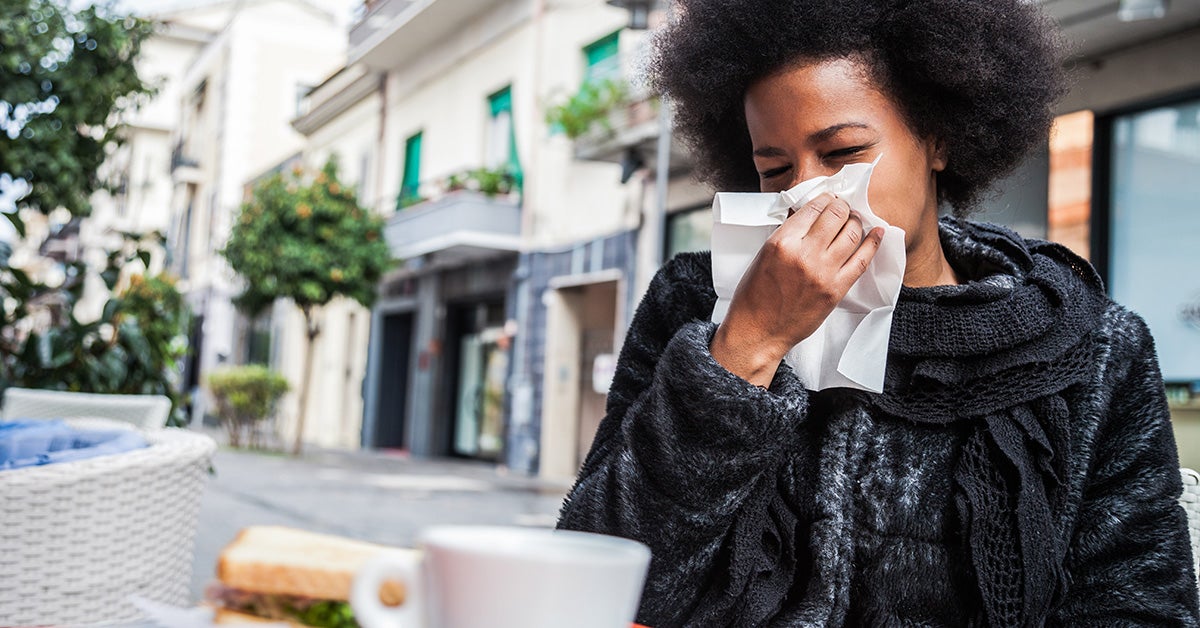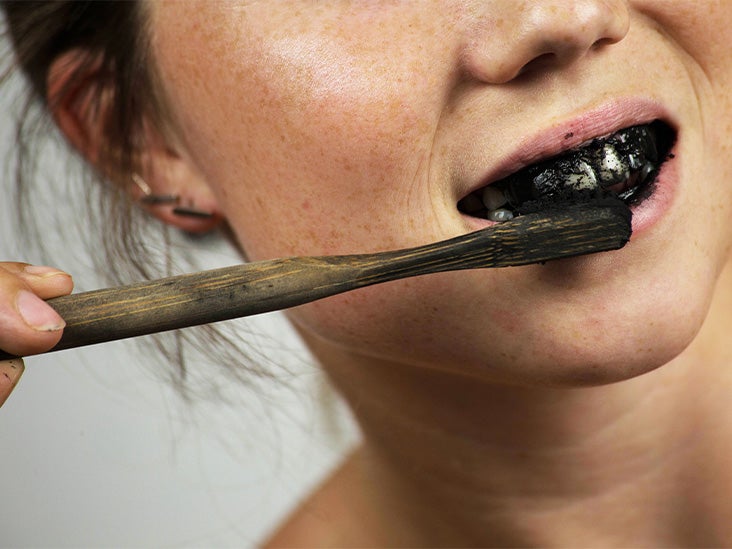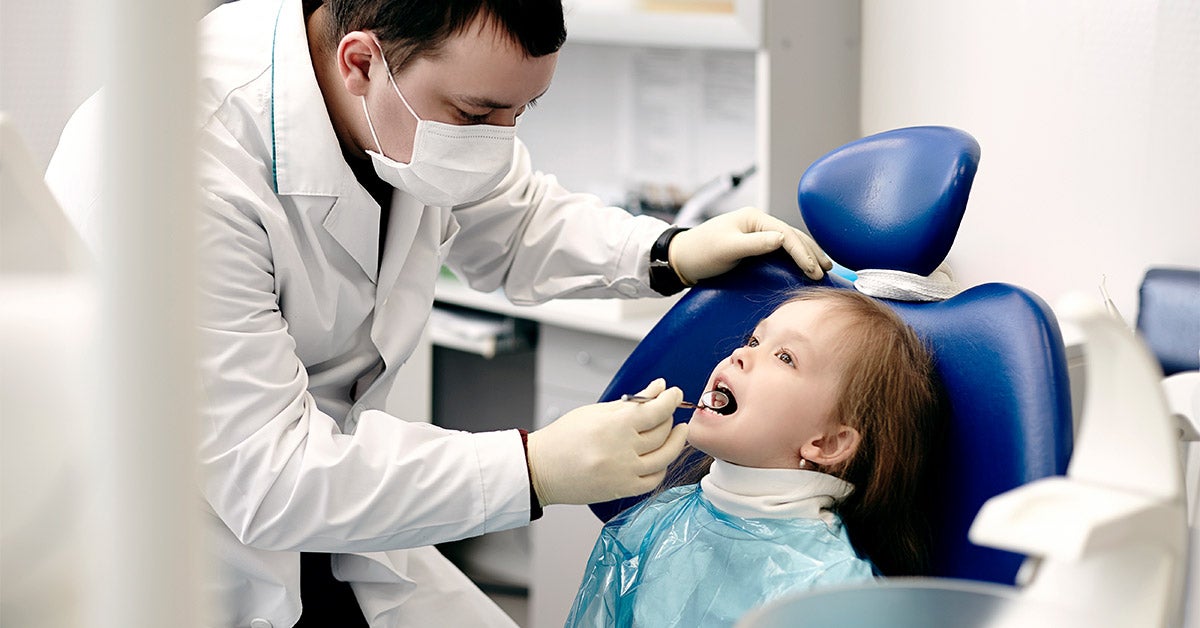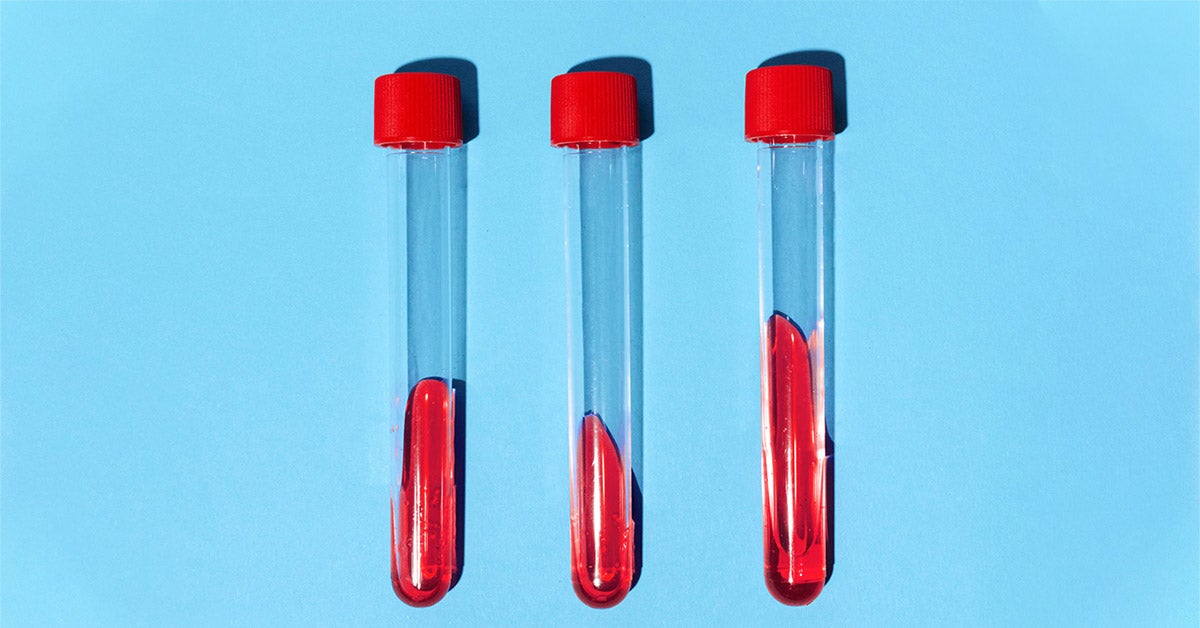Bruise That Won't Go Away: Causes, Concerns, Treatment & More
A bruise, or contusion, is an injury to skin or tissues just under your skin. Everyone bruises occasionally. There's usually no reason for concern.
Keep reading to learn more about what causes bruising, the color-coded healing process, and warning signs that you need to see a doctor.
You get a bruise when a small blood vessel just under the skin's surface breaks. The skin isn't broken, so blood leaks into tissues. Blood platelets then form a clot to plug the leak.
Here are the different types of bruises:
- Ecchymosis is a flat bruise.
- Hematoma is a raised bruise with swelling.
- Petechiae are tiny purple or red spots that look like a bruise when clustered together.
- Purpura occur without injury, likely due to a blood-clotting disorder.
Everyday things that cause bruising include:
- falling
- bumping into something
- dropping something on your hand or foot
- muscle strain, sprain, or bone fracture
As you age, you tend to have thinner skin and less fat under the skin. This can make you bruise more easily.
Certain medications can make it easier to bruise, too, such as:
- antibiotics
- antiplatelet agents
- aspirin
- blood thinners (anticoagulants)
- certain dietary supplements, such as ginkgo
- topical and systemic corticosteroids
Some conditions that can lead to bruising are:
- deficiency of vitamins B-12, C, K, or folic acid
- hemophilia
- leukemia
- liver disease
- sepsis or other infections
- thrombocytopenia
- vasculitis
- von Willebrand disease
It takes a few weeks for a bruise to completely disappear. The color transition looks something like this:
- Red. Immediately following trauma, you'll probably notice a red mark that becomes more apparent as blood begins to leak.
- Black, blue, or purple. Within 24 hours or so, the bruise turns black, blue, or dark purple as more blood pools in the area.
- Yellow or green. Within two to three days, your body starts reabsorbing the blood. There's a greater concentration of yellow or green.
- Light brown. By day 10 to 14, the bruise fades to light brown before disappearing completely.
A bruise may clear in the center before the outer edges. The coloring and healing process vary from person to person. If you have darker skin, you may also have darker bruises.
If there's no sign of improvement after two weeks, it could be a sign of an underlying health condition. The location of the bruising, plus other symptoms, can provide your doctor with diagnostic clues.
A bruise changes color and shrinks as it heals. If this doesn't happen within two weeks, there may be something else going on.
Frequent bruising
Easy or frequent bruising could be the result of low or abnormal blood platelets or blood-clotting problems. This could be due to an underlying condition.
It could also be a side effect of medication. For example, anticoagulants, antiplatelets, and aspirin interfere with blood clotting. Corticosteroids can thin the skin. Even dietary supplements, such as gingko, can thin your blood.
If you suspect a prescribed medication is the cause, don't stop taking it. Instead, ask your doctor if there's an alternative medicine.
Your doctor can also order blood tests to check platelet levels or measure your blood-clotting time.
Bruise that won't go away on leg
If you have petechiae or bruising on the legs or calves that won't heal, it could be due to a shortage of platelets. Some conditions that can cause this are:
- pregnancy
- certain types of anemia
- enlarged spleen
- heavy alcohol use
- bacteria in the blood
- hemolytic uremic syndrome
- hepatitis C, HIV, or other viruses
- leukemia
- lupus
- myelodysplastic syndromes
Certain medications can also affect platelet counts, such as:
- anticonvulsants
- chemotherapy drugs
- heparin
- quinine
- sulfa-containing antibiotics
Bruise that won't go away on chest
A chest bruise that won't go away could be due to:
- fractured or broken ribs
- fractured sternum
- injury to the chest wall
Chest bruising can take up to six weeks to heal. You may also have some pain and discomfort.
Always see your doctor after a chest injury. Complications can include infection and difficulty breathing.
Is it cancer?
Frequent bruising or bruising that won't heal can be a sign of leukemia. Other symptoms of leukemia include:
- fatigue
- pale skin
- frequent bleeding
Inflammatory breast cancer can look like bruising on the breast. Your breast may also feel tender and warm. Inflammatory breast cancer may not involve lumps like other types of breast cancer.
If you have signs and symptoms of leukemia or inflammatory breast cancer, see your doctor right away.
You can also develop bruising and bleeding problems during cancer treatment due to:
- antibiotics
- chemotherapy drugs
- poor nutrition
- radiation to blood-forming bones
You probably don't need to see a doctor for an everyday bruise. Of course, seek immediate treatment if it's possible that you've fractured a bone. An X-ray can confirm or rule this out.
Also see your doctor for these symptoms:
- painful swelling around the bruise
- continuing pain three days after a minor injury
- tendency to bruise for no apparent reason
- history of significant bleeding
- abnormal bleeding from the gums or nose
- fatigue, pale skin, loss of appetite, or unexplained weight loss
Be prepared to provide your personal and family health history as well as a list of medications and dietary supplements.
Blood tests can check platelet levels and measure blood-clotting time. Depending on your symptoms, you may also need an X-ray or other imaging tests to check for fractured bones. Initial tests plus a physical exam will inform the next steps.
If you have swelling or pain during the healing process, you can give the RICE method a try:
- Rest the bruised area.
- Ice the bruise for 10 to 20 minutes. Repeat a few times per day for up to 48 hours. Don't place the ice directly on your skin. Wrap it in a towel first.
- Compress the area if there's swelling, but take care not to cut off your circulation.
- Elevate the injury to ease pain and swelling.
Aspirin can cause more bleeding, so choose acetaminophen or ibuprofen for pain. You can also try a few home remedies:
- Aloe vera. Pure aloe vera applied directly to the skin has been shown to help with pain and inflammation.
- Arnica ointment or gel. A 2010 study found that this herb could reduce inflammation and swelling when applied a few times daily.
- Vitamin K cream. A small 2002 study found that this cream could reduce the severity of bruising when used at least twice per day.
If your injury isn't serious, or there's no underlying disease, no medical treatment is necessary.
Bruises aren't usually serious, and they often clear up without treatment. If you have a bruise that doesn't go away after two weeks, you bruise for no apparent reason, or you have additional symptoms, see your doctor for diagnosis. The sooner you get treatment, the sooner you'll start feeling better.
-
 6 interesting genetic traits that children will inherit from their parents
6 interesting genetic traits that children will inherit from their parents
-
 7 effects of asparagus on child development
7 effects of asparagus on child development
-
 Does cutting blood hair for babies bring good luck?
Does cutting blood hair for babies bring good luck?
-
 The more babies eat, the higher the height they develop, especially the second kind
The more babies eat, the higher the height they develop, especially the second kind
-
 Children with chicken pox should eat to quickly recover from the disease, without leaving a deep scar?
Children with chicken pox should eat to quickly recover from the disease, without leaving a deep scar?
-
 The more food is cooked, the better it can be for health, especially the second type
The more food is cooked, the better it can be for health, especially the second type
-
 How to Cure Sinus Infections: Treatment Options for Permanent Relief
How to Cure Sinus Infections: Treatment Options for Permanent Relief
-
 Weighted Dips: How-to, Muscles Worked, and Benefits
Weighted Dips: How-to, Muscles Worked, and Benefits
-
 Charcoal Toothpaste for Teeth Whitening: Does It Work and Is It Safe?
Charcoal Toothpaste for Teeth Whitening: Does It Work and Is It Safe?
-
 Hutchinson Teeth: Pictures, Causes, Treatment, Prevention
Hutchinson Teeth: Pictures, Causes, Treatment, Prevention
-
 13 Tips for Aging Gracefully with Exercise, Diet, and Wellness
13 Tips for Aging Gracefully with Exercise, Diet, and Wellness
-
 At-Home STD Test: Chart Comparison, Products, Accuracy, Risks, More
At-Home STD Test: Chart Comparison, Products, Accuracy, Risks, More































